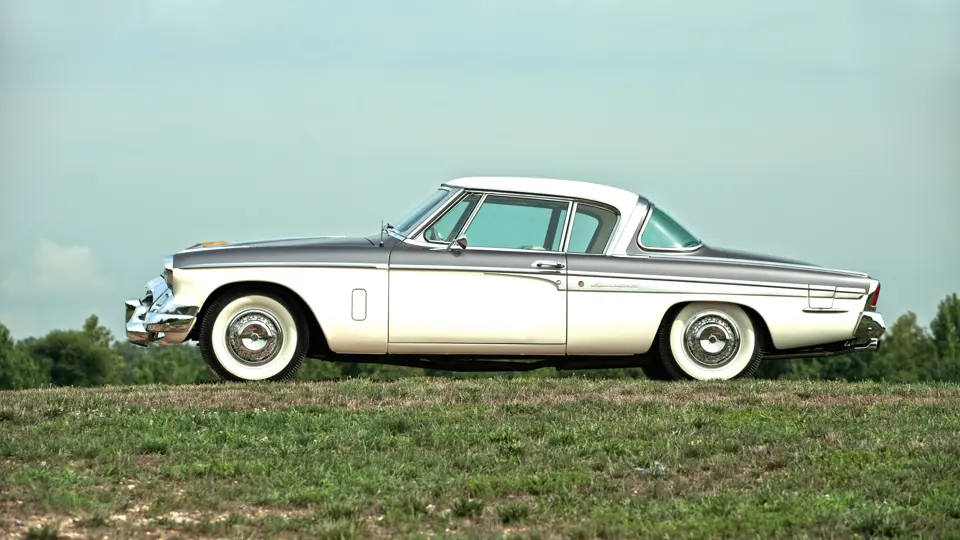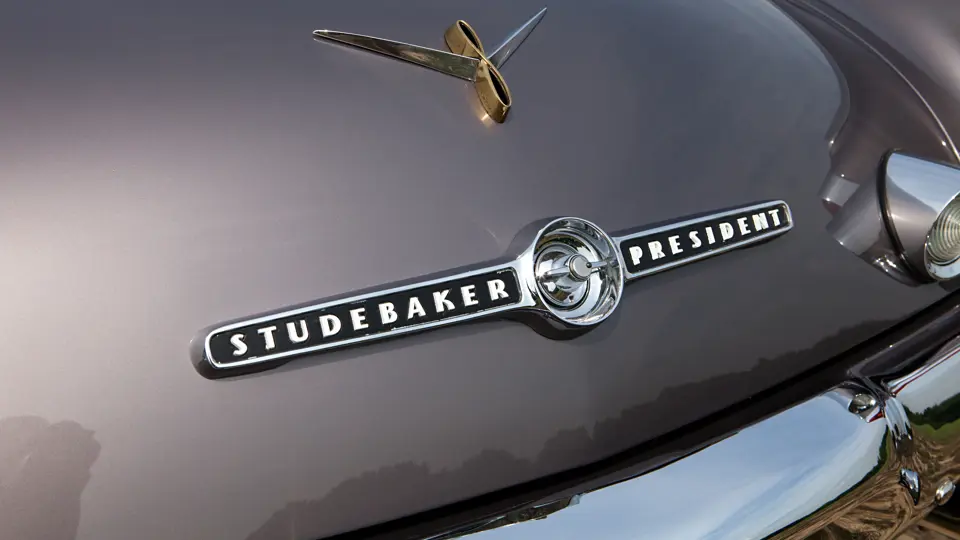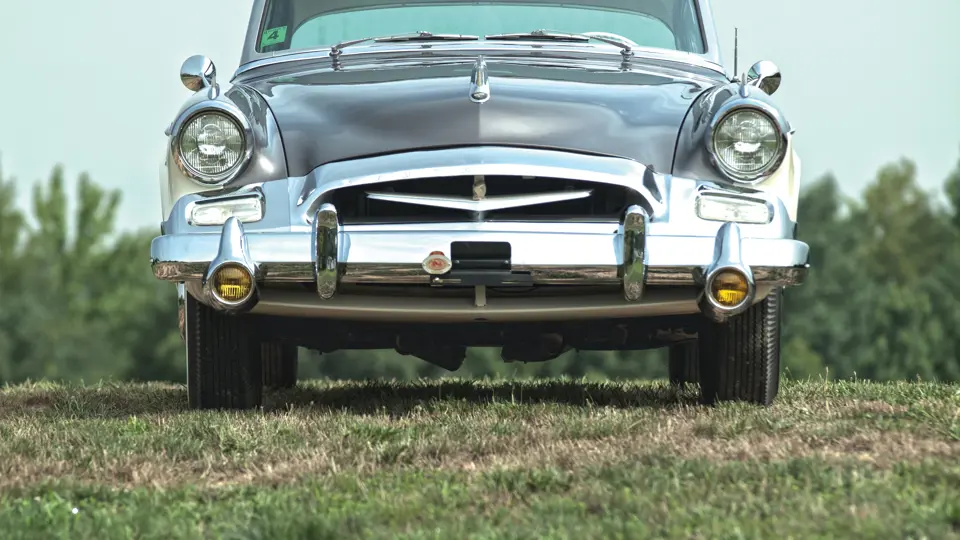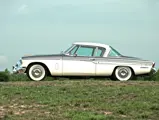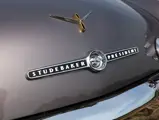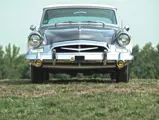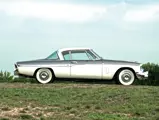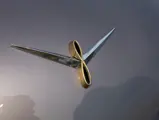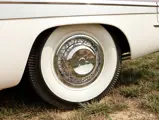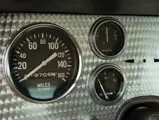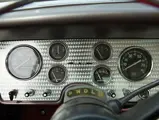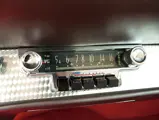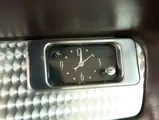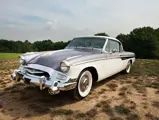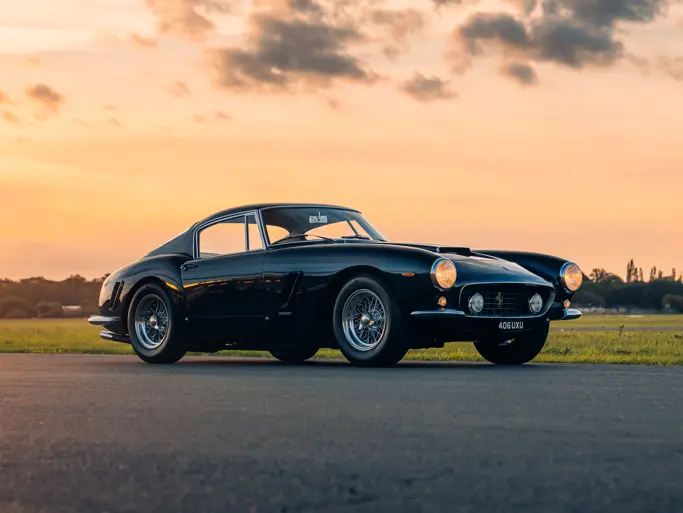185 hp, 259.2 cu. in. OHV “Passmaster” V-8 engine, automatic transmission, independent front suspension with unequal length A-arms and coil springs, live rear axle with semi-elliptic leaf springs, and four-wheel hydraulic drum brakes. Wheelbase: 120.5 in.
• One year only model of Studebaker’s top-of-the-line offering
• One of 2,215 produced
• Concours quality restoration; AACA National prize winner in 2004
In an effort to promote its new models for 1955, Studebaker built 14 special President Hardtop coupes for the auto show circuit, which featured unique tri-tone paint jobs, leather seat upholstery, full instrumentation, including an 8,000 rpm tachometer, and a 160 mph speedometer—all mounted in a reinforced plastic dash with an engine-turned metal face. Additionally, they had dual exhausts, wire wheel covers, fog light bumperettes, a special hood ornament, back-up lights, and a wide chrome strip over the rear of the roof. The South Bend firm announced that if response was favorable, the new coupe would be produced. Studebaker introduced the new model in January of 1955. It was given the name President Speedster, a combination of the names President, the first time it was used after an absence of 13 years, and Speedster, last used by Studebaker in the 1920s. It was the most fully-equipped car to ever come out of South Bend.
Styling was an evolution of the original Bob Bourke/Raymond Loewy Starliner Coupe that debuted in 1953. In addition to the aforementioned standard features, President Speedsters included power steering and brakes, the choice of an automatic or manual transmission with overdrive, a clock, an eight-tube radio, whitewall tires, directional signals, triple horns, dual outside mirrors, tailpipe extensions, and the requisite Speedster exterior identification. At $3,253, just 2,215 were built in 1955, and they were built only for that year.
This superbly restored President Speedster is a former AACA National prize winner, receiving its Senior Award in 2004 at Hershey. Under the hood, its gold “Passmaster” V-8 is beautifully detailed with all the proper decals, including a Studebaker period battery. The quilted leather upholstery appears fresh and, like the rest of the car, it has been well-maintained with little evidence of use. The chrome is nice, too, and it appropriately stands-out for a ’50s era collector car, rounding out one of Studebaker’s finest.
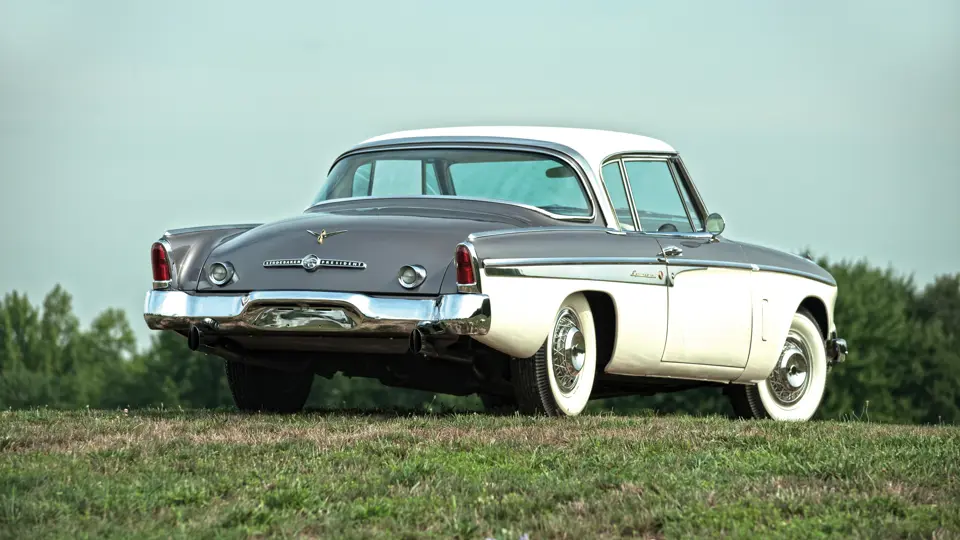



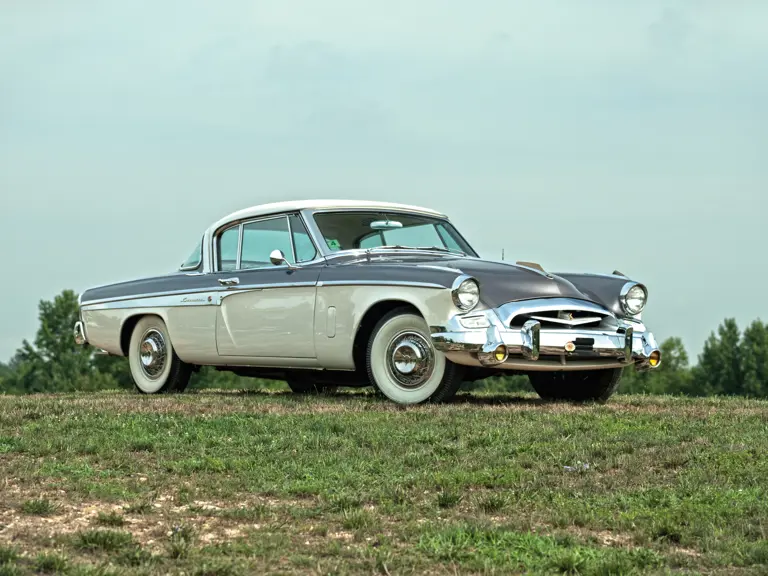
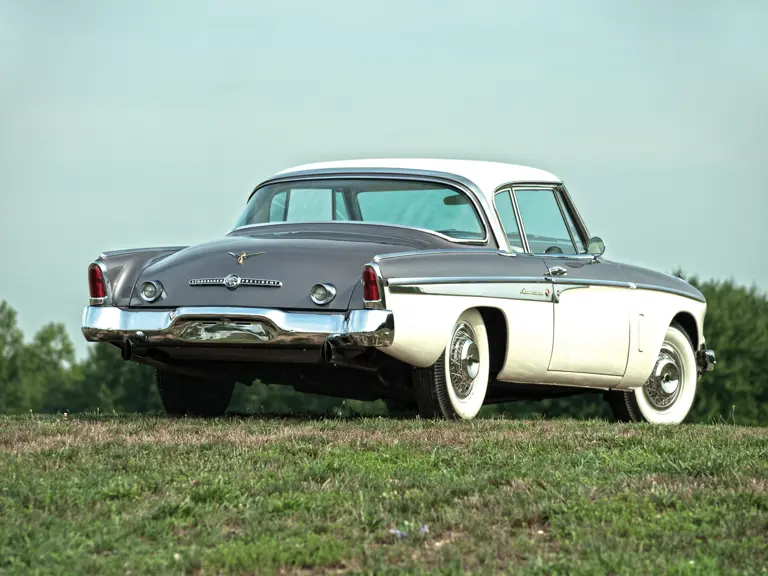

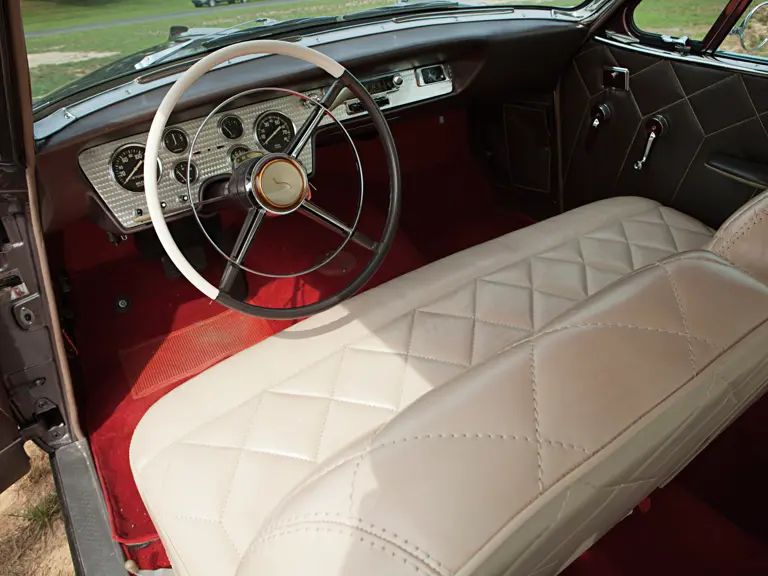



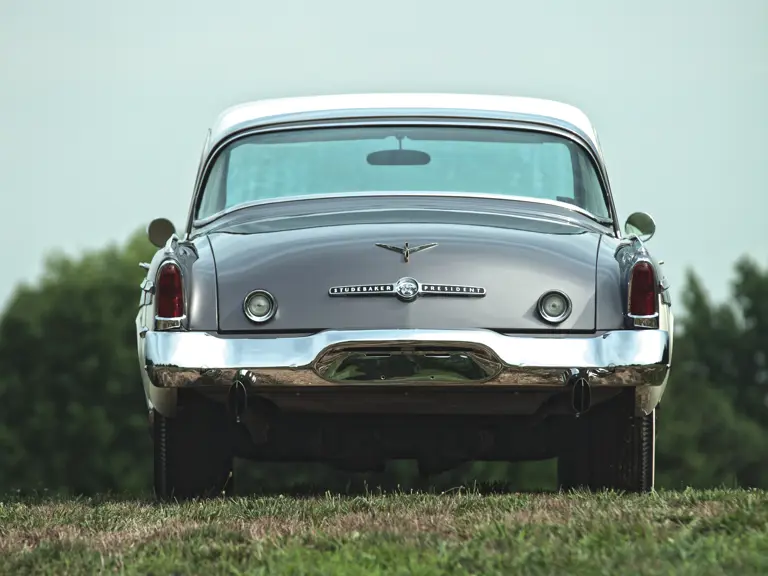
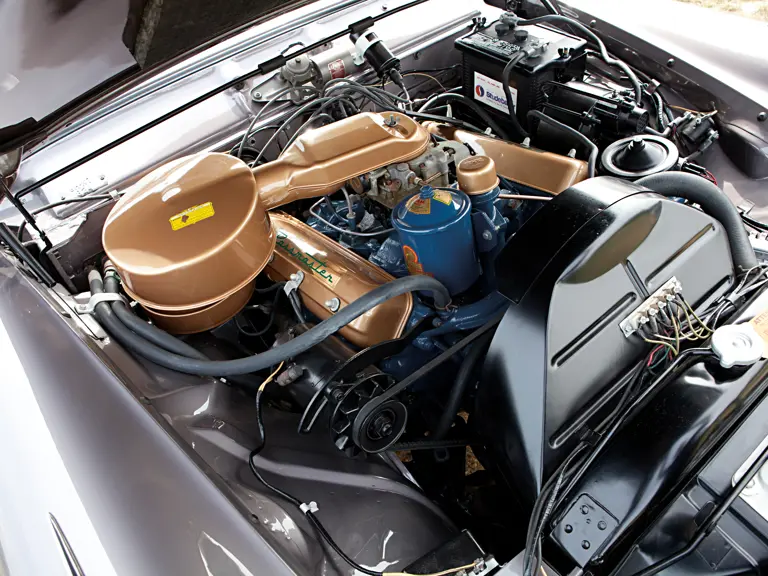
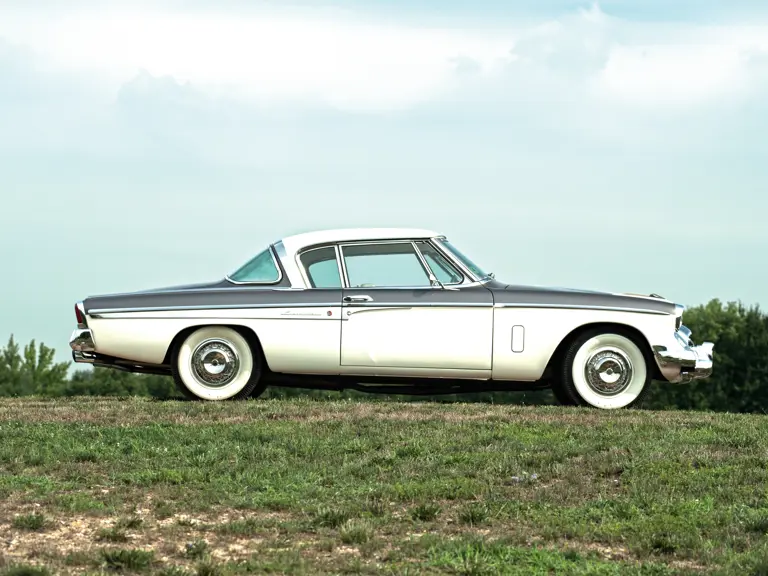
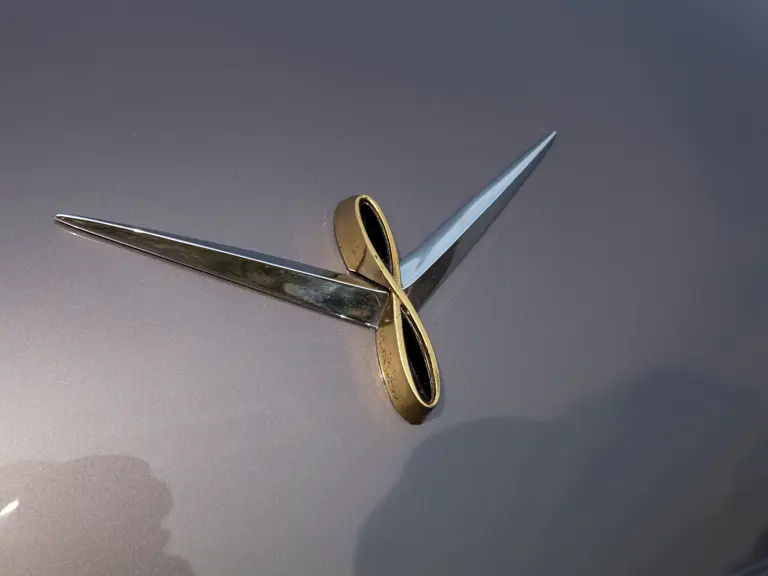
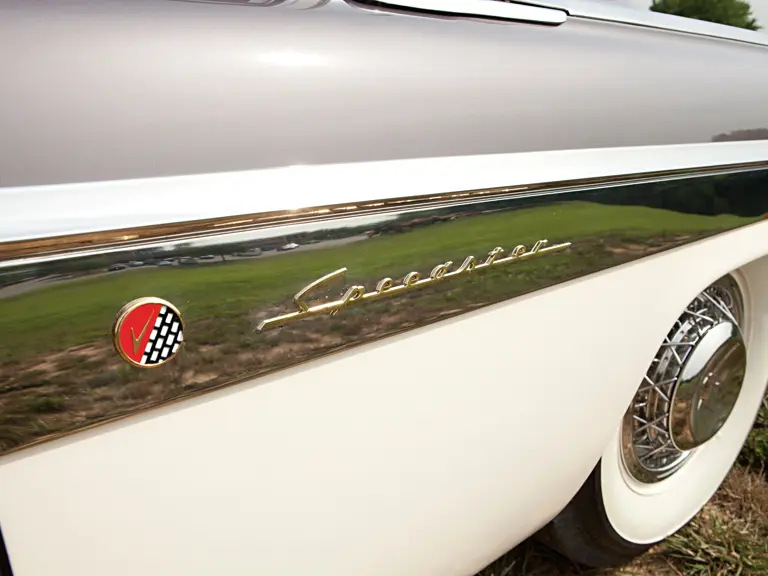
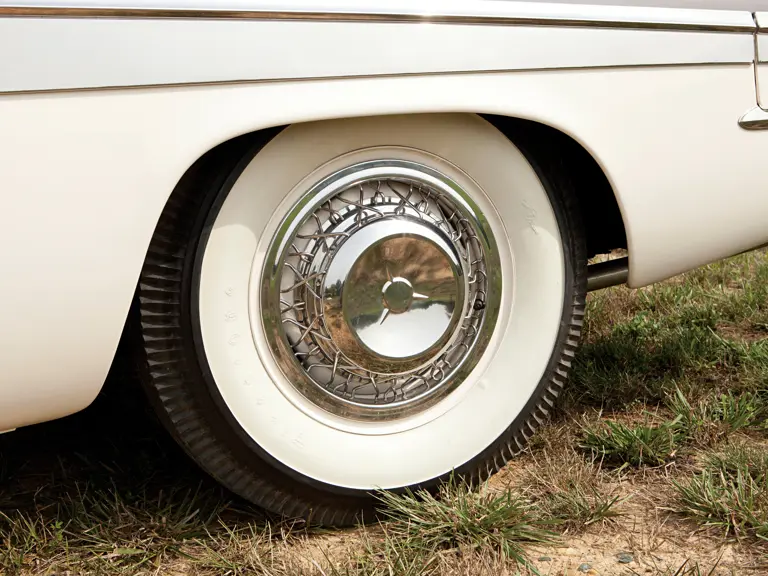

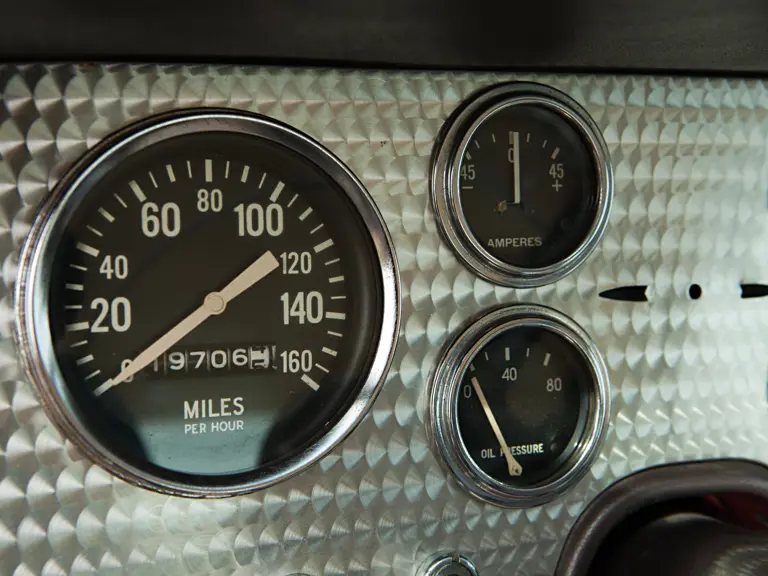
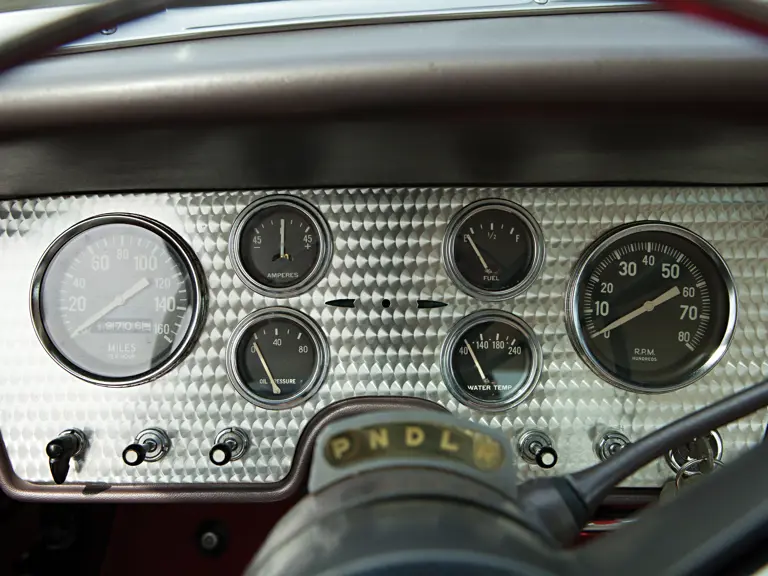

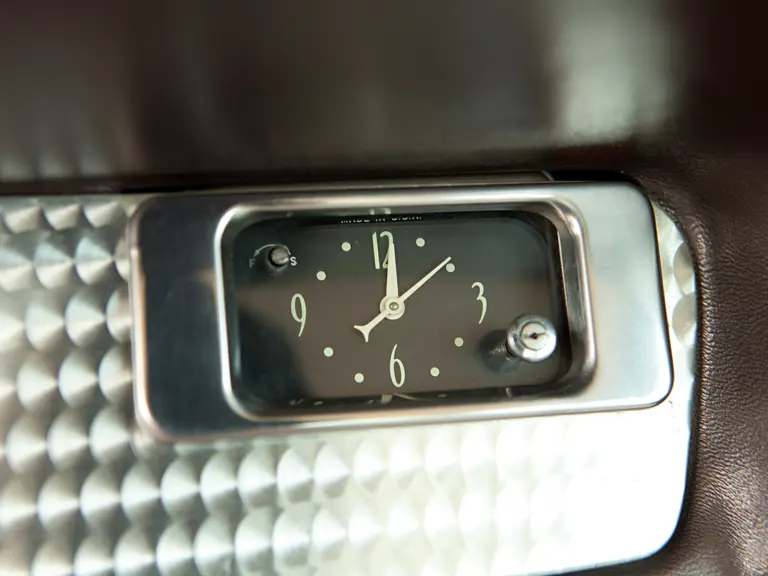
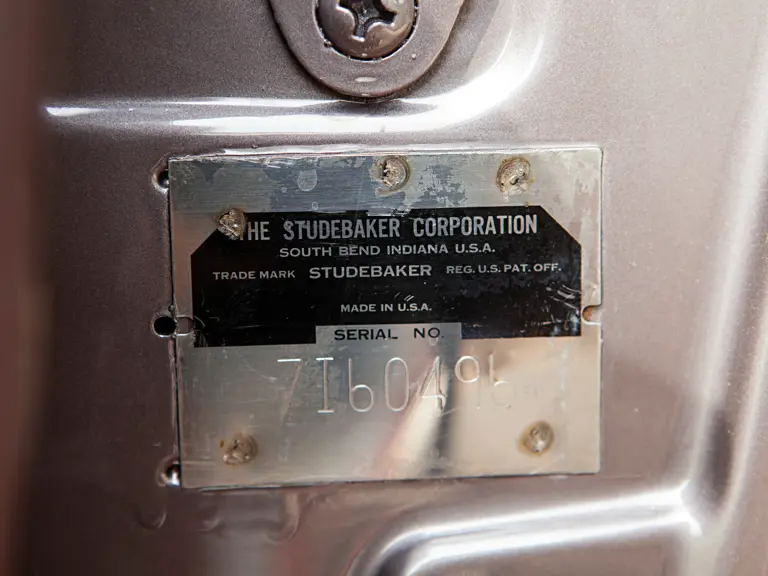

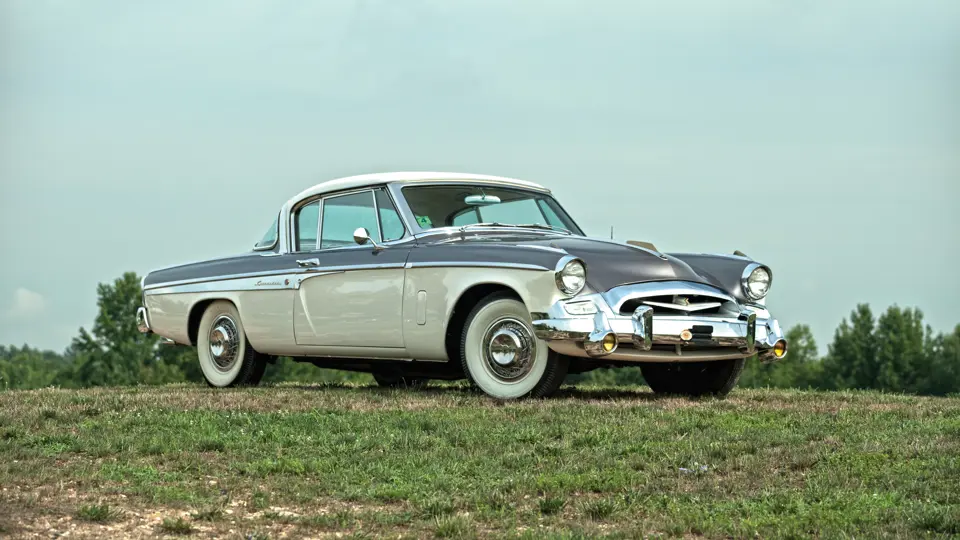
 | Hershey, Pennsylvania
| Hershey, Pennsylvania
